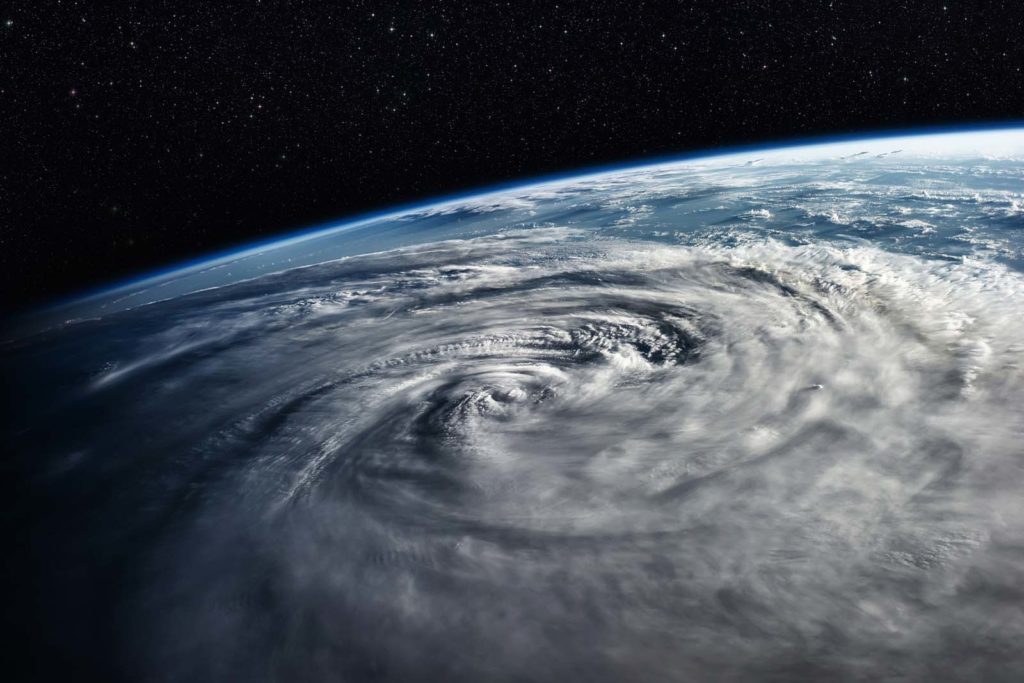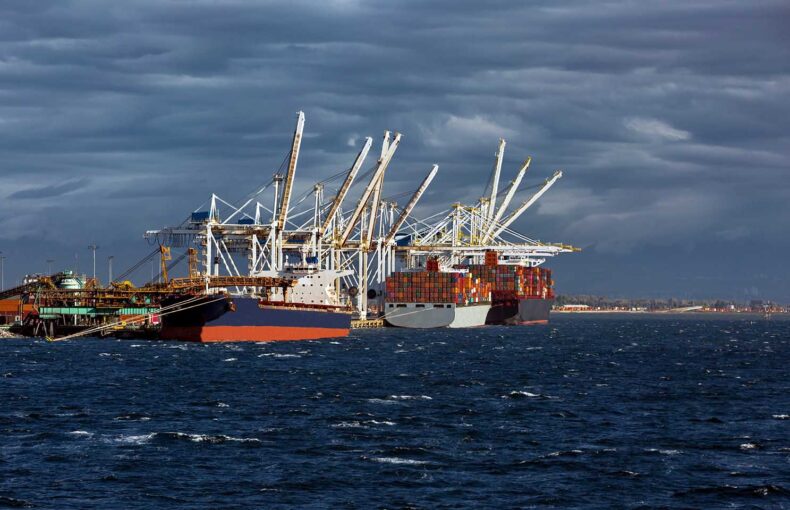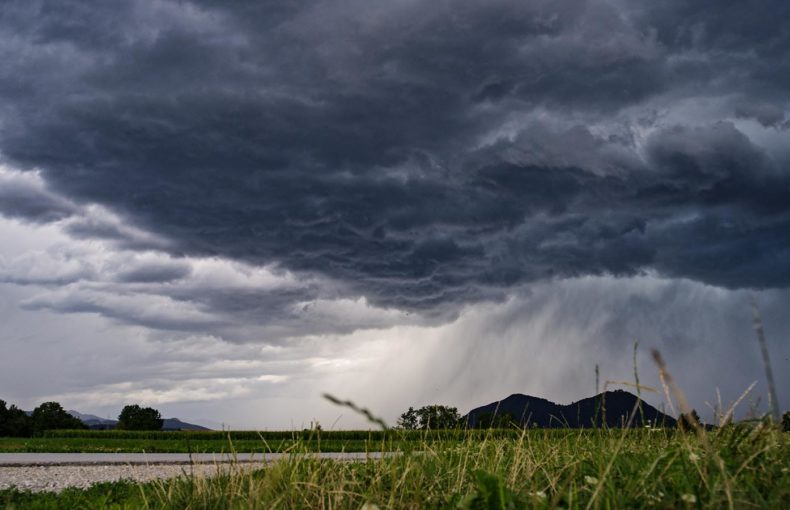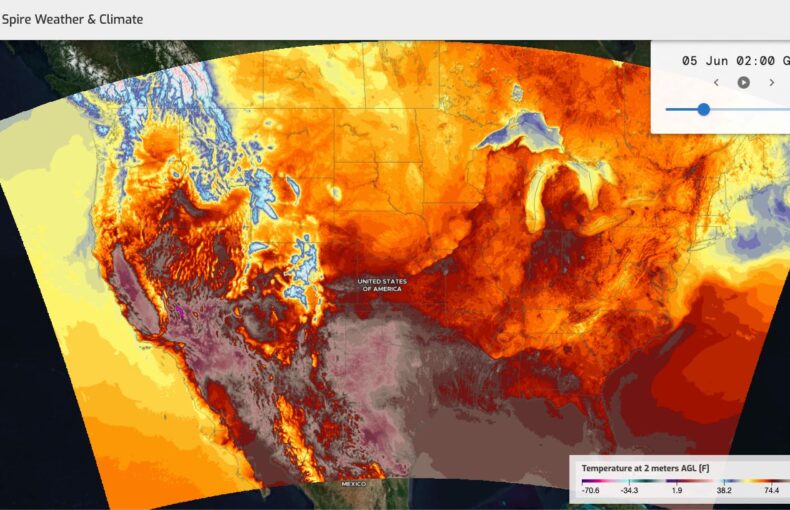A lookback at the extreme weather events of 2022
- Wildfires burn 700,000 hectares of European land
- Record-breaking droughts prevail in the UK, the US and Asia
- Storm Ana hits five African nations
- Floods in Pakistan displace 33 million people
- Hurricane Ian causes second-largest insured loss on record
- Extreme weather events are the watermark of climate change
A record-breaking year with climate change wreaking havoc across the globe with an increasing number of heatwaves, droughts, storms and other harsh weather events.
From floods in Pakistan covering one-third of the country in water to the worst European drought in over 500 years, it is estimated that climate change related weather events have caused $1.5 trillion in economic losses over the past five years alone. The USA, the world’s second largest carbon emitter, alone has seen over a $115 billion in insurance losses from hurricanes and other storm events in 2022. This year’s total surpasses the 10-year average of $81 billion.
Wildfires burn 700,000 hectares of European land
High temperatures and dry weather conditions created the perfect environment for fires to blaze across France, Italy and Romania in August 2022. It was reported that 700,000 hectares of land, three times the size of Luxembourg or Azerbaijan, burnt uncontrollably amd worsened Europe’s energy dilemma as this lengthy drought reduced hydropower generation by almost a fifth across the entire continent. Nuclear plants were unable to function at complete capacity as rivers did not overheat by the cooling water released from the plants. Italian farmers reported losses over 60% as the drought had an adverse impact on crop production, especially on rice.
Record-breaking droughts prevail in the UK, the US and Asia
Central/Eastern China experienced droughts and record-breaking heat waves leading to water restrictions. This caused crop shortages that added to the rising costs of food around the world. Scorching heatwaves and drought plunged the southwestern Chinese province of Sichuan into an energy security crisis that relies on dams to generate approximately 80% of its electricity. In Italy, the former “King of Rivers”, known as the Po, is flowing at one tenth of its usual rate. These droughts and their significant impacts are forecasted to continue for the foreseeable future.
Record-breaking heat has also been recorded in Japan, the central US and in the UK, where temperatures exceeded 40℃ for the first time. UK residents experienced such high temperatures which brought flights and the transport system to a standstill. This occurred only a few months after temperatures soared in the Indian sub-continent to 50°C ahead of the monsoon rains in northern India and Pakistan.
Storm Ana hits five African nations

The year had barely begun as a tropical storm formed in the Indian Ocean in the last week of January 2022 and began to move westwards towards Madagascar, eventually leaving destruction in its wake across 5 African countries. It caused rivers to overflow, landslides, floods and such that damaged public infrastructure such as healthcare facilities, roads and homes. Killing over 88 people across the affected African region, this extreme weather event was also attributed to heating waters with rising sea levels due to climate change.
Floods in Pakistan displace 33 million people
The latest in this sequence of extreme weather events is the unprecedented floods that have left one-third of Pakistan, the world’s sixth most populous nation under water. Pakistan contributes less than 1% of global greenhouse emissions that warm our planet but its geography makes it extremely vulnerable to climate change. The floods have been caused by a combination of heavy monsoon rains and melting glaciers.
Global warming is making air and sea temperatures rise, thus leading to further evaporation. Warmer air can hold more moisture that causes an increase in the intensity of monsoon rainfall. Pakistan recorded, in several bursts from mid-June to late August, a 500%-700% increase of its usual August rain. Pakistan also has something else making it more susceptible to climate change effects – its immense glaciers.
The country’s region is sometimes referred to as the ‘third pole’ – it contains more glacial ice than anywhere in the world outside of the polar regions. Glaciers located in the northern regions of Pakistan’s Gilgit-Baltistan and Khyber Pakhtunkhwa regions are melting rapidly and creating more than 3,000 lakes. Out of all these lakes, 33 lakes are at the risk of bursting suddenly. Now, if that happens, that will unleash millions of cubic meters of water and debris, putting 7 million people at risk.
Hurricane Ian causes second-largest insured loss on record
A category 4 Atlantic hurricane, Hurricane Ian, hit Florida and South Carolina earlier last year turned out to be the most expensive weather-related disaster within the USA in 2022 and became the second greatest insured loss after Hurricane Katrina in 2005.
Estimated to have caused havoc between $50-65 billion in insured damages, Hurricane Ian landed in the western region of Florida at the end of September 2022, bringing along with it high winds and severe downpour.
A report published stated that insurance losses from extreme weather events had estimated damages of $115 billion, higher than the 10-year average of $81 billion. This number has been on the rise as extreme weather events become a frequent norm around the globe with climate change as the primary driver.
Extreme weather events are the watermark of climate change
According to a report by Centre for Science and Environment and Down To Earth magazine, India, the world’s third largest carbon emitter, recorded “extreme weather events on 241 of 273 days” in the first nine months of the year. Thunderstorms, persistent rains, cyclones, droughts, heat waves, lightning, floods and landslides ravaged India’s geography. Overall, these disasters claimed about “2,755 lives, affected 1.8 million hectares (ha) of crop area, destroyed over 416,667 houses and killed close to 70,000 livestock.” The CSE report describes these disasters as “the watermark of climate change.”
There was a string of largely unreported extreme weather events in Africa in 2022 as well. From deadly floods in Nigeria to devastating drought in Somalia, Africa has faced a run of severe – and sometimes unprecedented – extreme weather events since the start of 2022 which have resulted in over 4,000 deaths and affected a further 19 million people. Despite being the world’s second largest continent, Africa contributes only 4% of global carbon emissions combined.
Pakistan, the world’s sixth most populous country, with only 1.4% contribution to global carbon emissions, witnessed unprecedented extreme weather events. One-third of the nation was left under water following record monsoons and glacier melting due to high temperatures. The record flooding has killed over 1,500 people, destroyed a million homes and displaced 33 million people. With the latest damage estimates exceeding USD 30 billion that includes the destruction of essential crops, further disruption to the country’s economy and critical food production is inevitable.
If you’d like to further understand the connection between weather and its role in climate change, download our whitepaper here and unlock new insights that could help us all build a better, cleaner and greener planet.
The need to invest in accurate global weather data is greater than ever. Unfortunately, not all countries have the means to invest in robust weather observation infrastructure – which creates inconsistencies in the quality of observation collections. This is where space technology plays a critical role in fulfilling this gap and companies such as Spire are able to provide high quality, reliable weather observations through its constellation of space satellites.
 Written by
Written by


